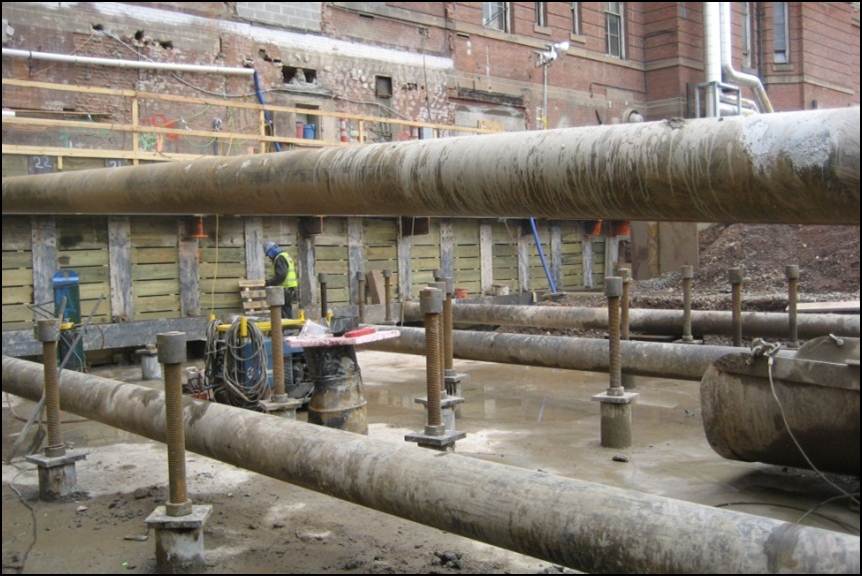Keys to Investigating Existing Foundation Conditions

There are many reasons why property owners and managers may need to assess the condition of an existing foundation or foundation system. The supported structure may be showing signs of distress, like cracking or out-of-plumbness. Projects to demolish and replace an existing superstructure may consider reusing an existing foundation that is close to the end of its design service life. A building addition project may increase the applied loads on the existing foundation, especially if structural loads need to be upgraded to a new building code. Even when no signs of distress or deterioration have been observed or reported, property owners or managers of larger buildings may try to get a better understanding of their existing foundation conditions. In this webinar, we will provide an understanding of the basic elements of a foundation investigation and discuss how to develop an effective plan to support an adequate assessment of the existing foundation conditions.
LEARNING OBJECTIVES
After attending this webinar, participants will be able to:
- Understand the various causes of foundation failure or poor foundation performance.
- Outline the elements of an effective foundation investigation.
- Recognize how to select appropriate methods and procedures for investigation.
- Identify available non-destructive methods for determining foundation geometry.
Participants will earn 1.0 AIA CES Learning Unit (LU/HSW) for attending the live webinar. Registration is free. Please note that space is limited – email events@sgh.com to join our waitlist if the session is closed when you register.
